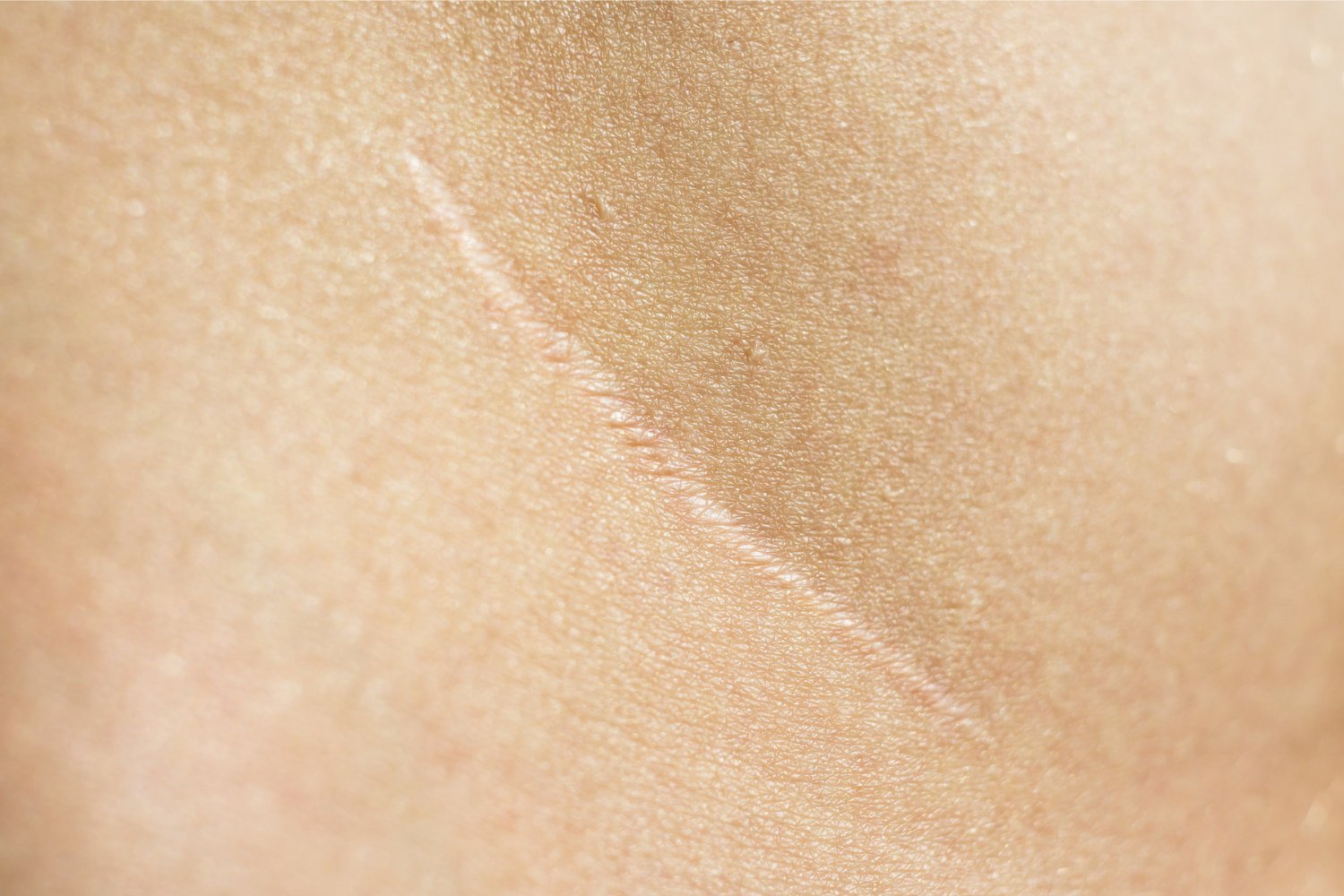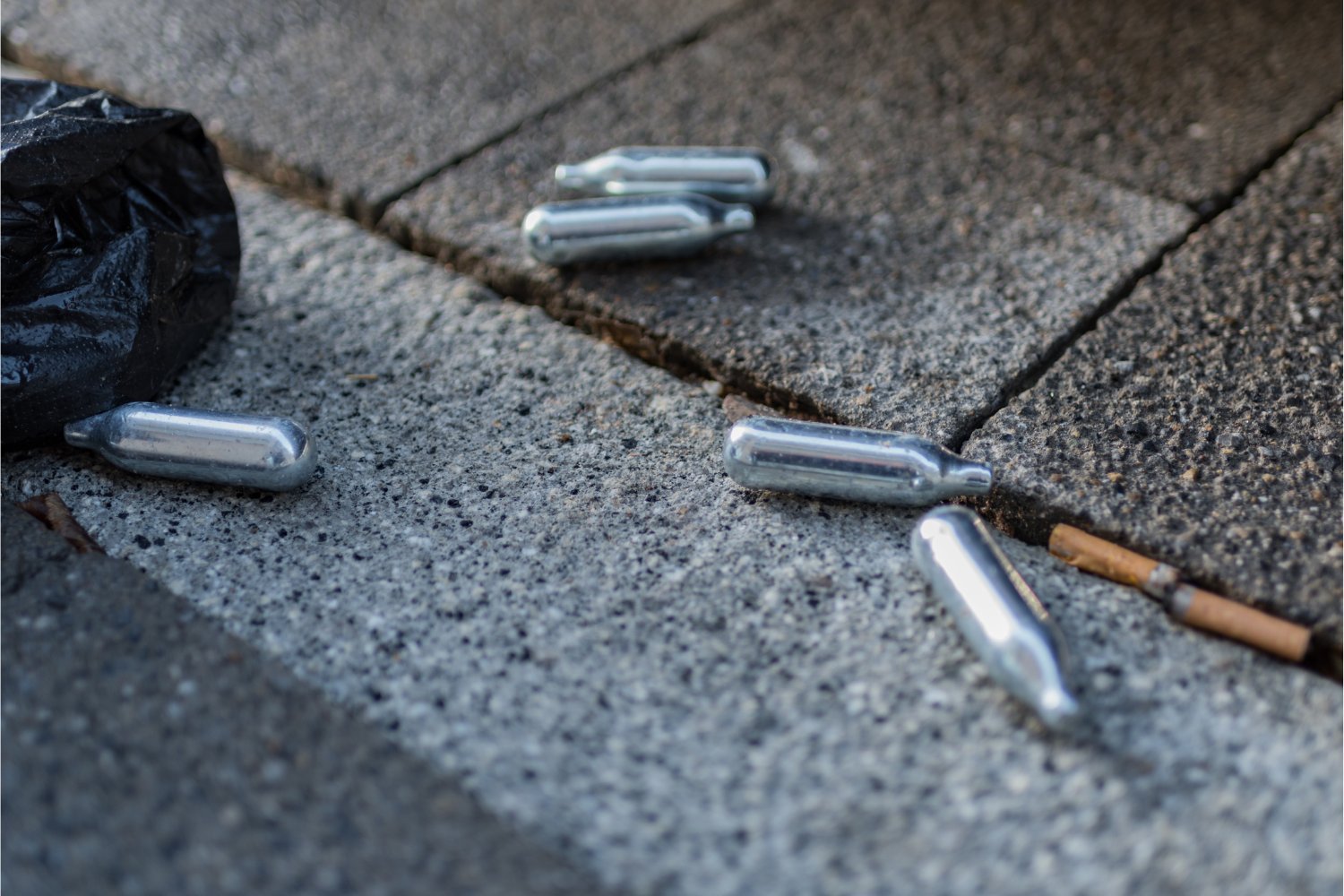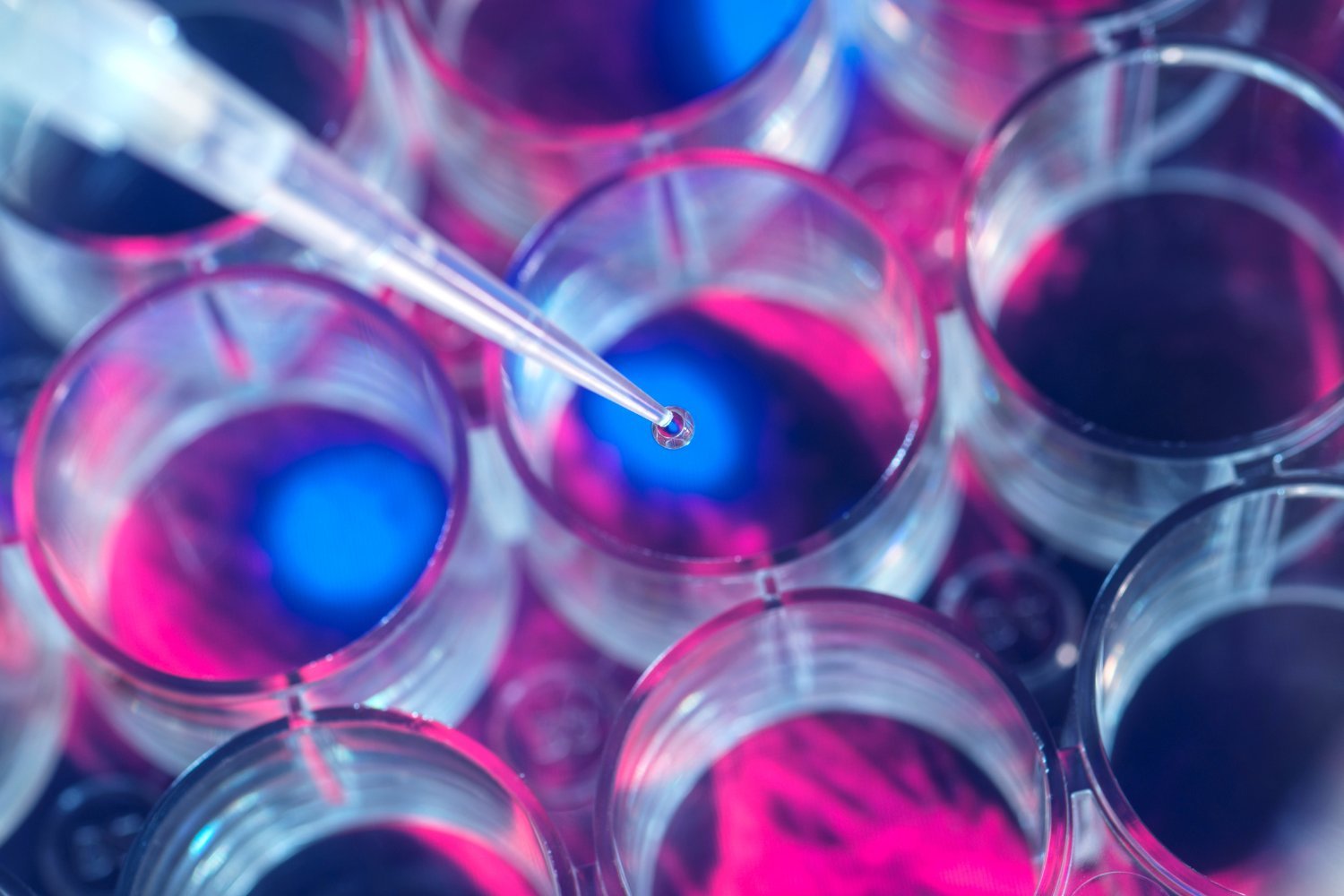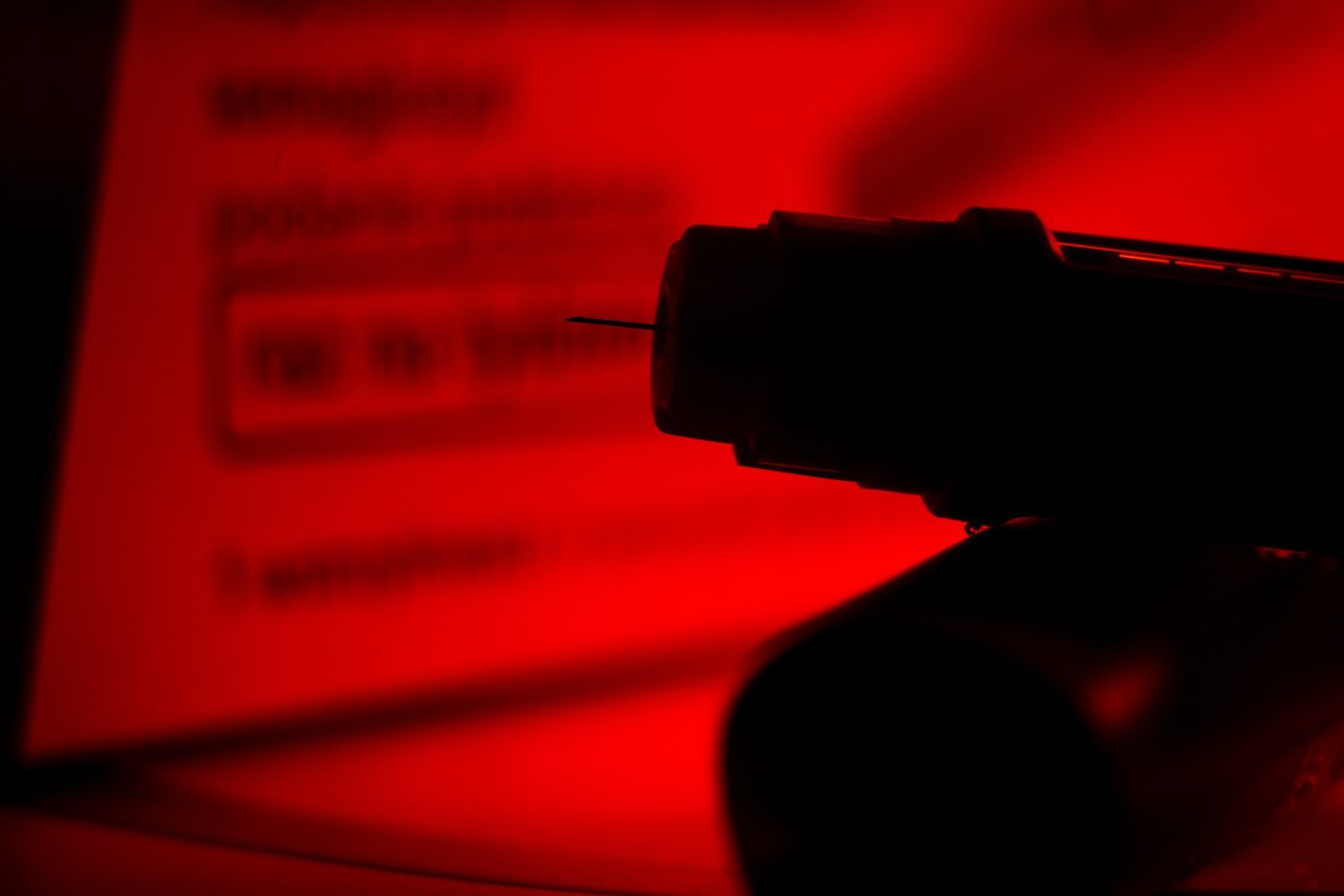The quest for scar-free healing may have found an unlikely ally: an intestinal parasitic roundworm. Scientists have discovered a protein derived from Heligmosomoides polygyrus, a roundworm found in rodents, that accelerates wound healing and minimizes scarring in mice. This breakthrough opens up exciting possibilities for future treatments.
Human skin possesses remarkable regenerative capabilities, efficiently mending minor cuts and scrapes. However, deeper wounds that penetrate the dermis often result in scar tissue formation. While scars play a crucial role in swiftly closing wounds and preventing infections, extensive scarring can be aesthetically undesirable and even impair mobility. Researchers have long sought methods to enhance healing without the formation of unsightly scars.
Scientists at Rutgers University and the University of Glasgow have focused their attention on Heligmosomoides polygyrus, a parasitic roundworm commonly found in rodents. These worms have proven valuable in studying human worm infections due to their ability to thrive in the gut. To survive, they produce proteins that interact with the host’s immune system, modulating specific immune responses.
Recent research revealed that H. polygyrus produces a protein called TGF-beta mimic (TGM) with potential benefits for wound healing. Early studies suggest that TGM accelerates skin repair while simultaneously suppressing inflammation, a key factor in scar formation. To investigate this further, researchers administered daily doses of TGM to injured mouse skin.
The results were striking. Compared to untreated wounds, the TGM-treated wounds healed significantly faster and with considerably less scarring. By day 12, the treated skin exhibited remarkable recovery, including the regeneration of hair follicles within the dermis. This research, published in Life Science Alliance, offers a promising new approach to wound care.
“This study presents a novel therapy for skin wounds, promoting regenerative healing over fibrosis and scarring,” explained William Gause, director of the Center for Immunity and Inflammation at Rutgers New Jersey Medical School. “It provides a strong foundation for the potential use of this easily-producible parasite protein as a therapy to enhance cutaneous wound healing.”
While this research is still in its early stages, the findings are encouraging. Further studies, including human trials, are necessary before worm-derived wound treatments become readily available. However, alongside other innovative approaches like 3D-printed skin grafts and bacteria-fighting dressings, this research contributes to a growing field of regenerative medicine aimed at improving wound healing and minimizing scarring.
https://www.nature.com/articles/s41467-017-01886-6
https://www.life-science-alliance.org/content/7/11/e202302249











